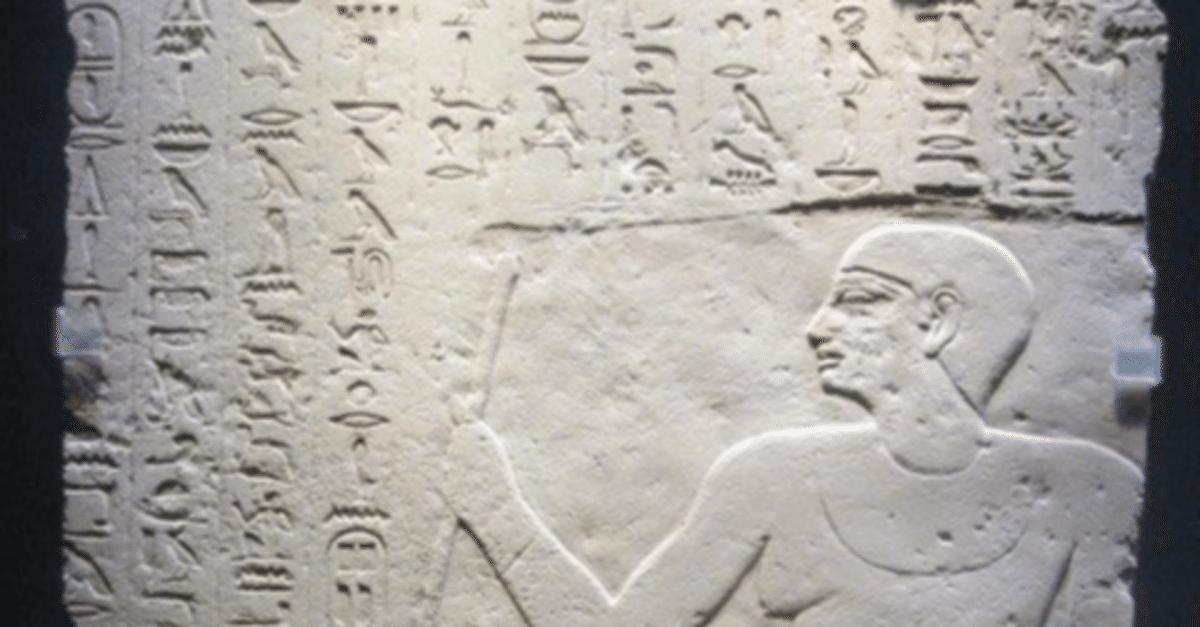
WISHING 10/25/22 コロナが人工合成された決定的証拠発見の速報 Preliminary report of the discovery of evidence that the corona is artificially synthesized
ドイツと米国の研究者らが、SARS-CoV-2が実験室で組み立てられたことを否定しようがないことを示すきわめて有力な証拠を発見しました。
以下、レビュー前のその論文の概要です (1082)。
天然コロナウイルスの合成変異体を研究室で構築する場合、研究者はしばしば試験管内ゲノム組立てと呼ばれる方法を用いる。
この方法では、制限酵素と呼ばれる特殊な酵素を利用してDNAの構成要素を生成し、それらのウイルスゲノムを正しい順序で「縫い合わせる」ことができる。研究室でウイルスを作る場合、研究者は通常、制限部位と呼ばれる縫合部位を追加したり削除したりして、ウイルスゲノムを改変する。研究者がこれらの部位をどのように変更するかによって、試験管内ゲノムの組み立て状態を示す指紋のようなものが得られる。
彼らは、SARS-CoV-2が合成ウイルスに典型的な制限部位のフィンガープリント(遺伝子上に残された人為的操作の指紋)を持つことを発見した。SARS-CoV-2の合成指紋は、野生のコロナウイルスでは異常であり、実験室で組み立てられたウイルスでは一般的なものである。
SARS-CoV-2の制限部位を区別するタイプの変異(同義またはサイレント変異)は工学的に特徴的であり、制限部位にこれらのサイレント変異が集中していることは、効率的な逆遺伝学システムに不可欠なすべての基準を満たしており、ランダム進化によって生じたとは極めて考えにくい。
制限部位のフィンガープリントとそれを生み出す変異のパターンは、いずれも野生のコロナウイルスでは極めて稀であり、合成ウイルスではほぼ普遍的である。
この結果は、SARS-CoV2が合成ウイルスに由来することを強く示唆するものである。
Researchers in Germany and the United States have found fairly strong evidence that SARS-CoV-2 was assembled in the laboratory.
Below is a summary of that paper prior to review (1082).
When synthetic mutants of natural coronaviruses are constructed in the laboratory, researchers often use a method called in vitro genome assembly.
This method utilizes special enzymes called restriction enzymes to generate DNA building blocks, which are then "stitched" together in the correct order in the viral genome. When creating viruses in the laboratory, researchers typically modify the viral genome by adding or deleting suture sites, called restriction sites. How researchers modify these sites provides a kind of fingerprint of the assembly state of the genome in vitro.
They found that SARS-CoV-2 has a fingerprint of restriction sites typical of synthetic viruses; the synthetic fingerprint of SARS-CoV-2 is unusual in wild coronaviruses and common in laboratory-assembled viruses.
The type of mutations that distinguish the restriction site of SARS-CoV-2 (synonymous or silent mutations) are characteristic of engineering, and the concentration of these silent mutations at the restriction site meets all the criteria essential for an efficient reverse genetics system and is highly unlikely to have arisen by random evolution It is hard to imagine that they could have arisen by random evolution.
Both the restriction site fingerprinting and the pattern of mutations that produce it are extremely rare in wild coronaviruses and nearly universal in synthetic viruses.
These results strongly suggest that SARS-CoV2 is derived from a synthetic virus.
(1082)
